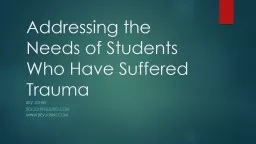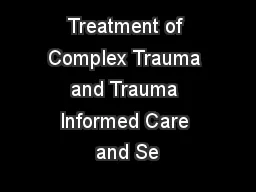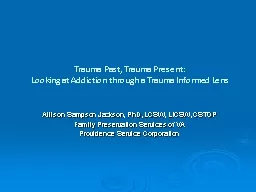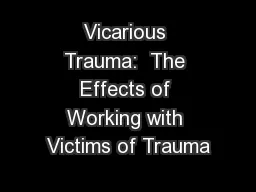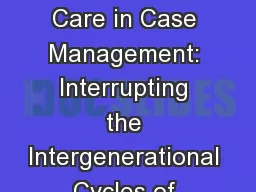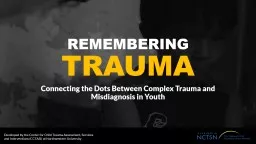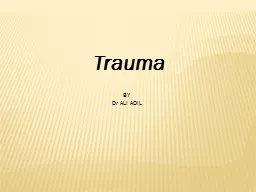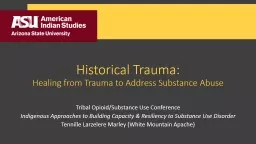PPT-Addressing the Needs of Students Who Have Suffered Trauma
Author : faustina-dinatale | Published Date : 2017-11-04
Bev Johns bevjohnsjunocom wwwbevjohnscom Picture these eventswhy the negative reaction from the child Nancy refuses to go in a room where there are balloons Brian
Presentation Embed Code
Download Presentation
Download Presentation The PPT/PDF document "Addressing the Needs of Students Who Hav..." is the property of its rightful owner. Permission is granted to download and print the materials on this website for personal, non-commercial use only, and to display it on your personal computer provided you do not modify the materials and that you retain all copyright notices contained in the materials. By downloading content from our website, you accept the terms of this agreement.
Addressing the Needs of Students Who Have Suffered Trauma: Transcript
Download Rules Of Document
"Addressing the Needs of Students Who Have Suffered Trauma"The content belongs to its owner. You may download and print it for personal use, without modification, and keep all copyright notices. By downloading, you agree to these terms.
Related Documents

